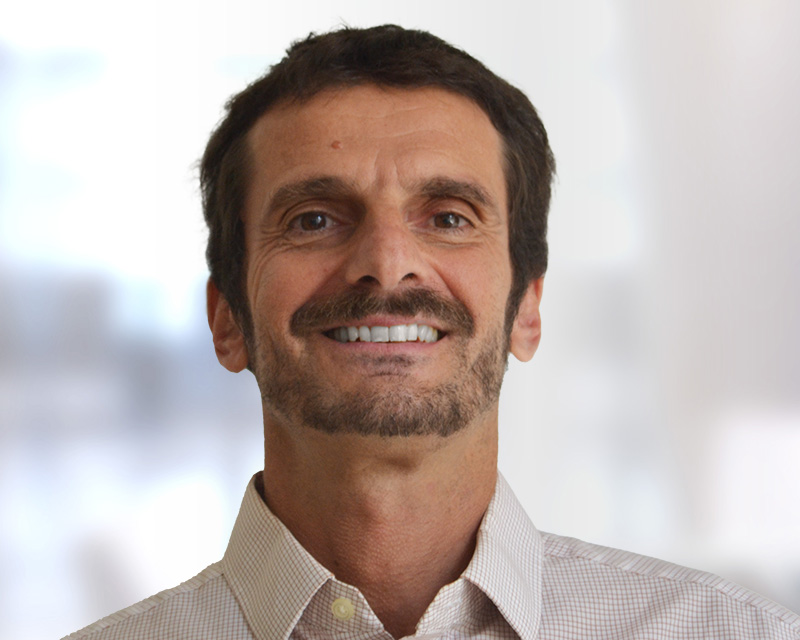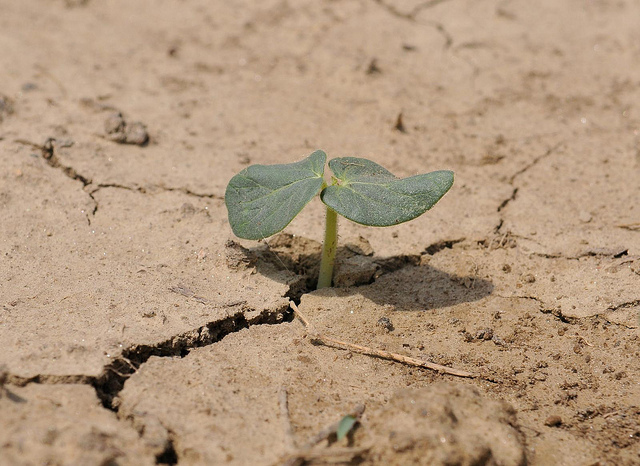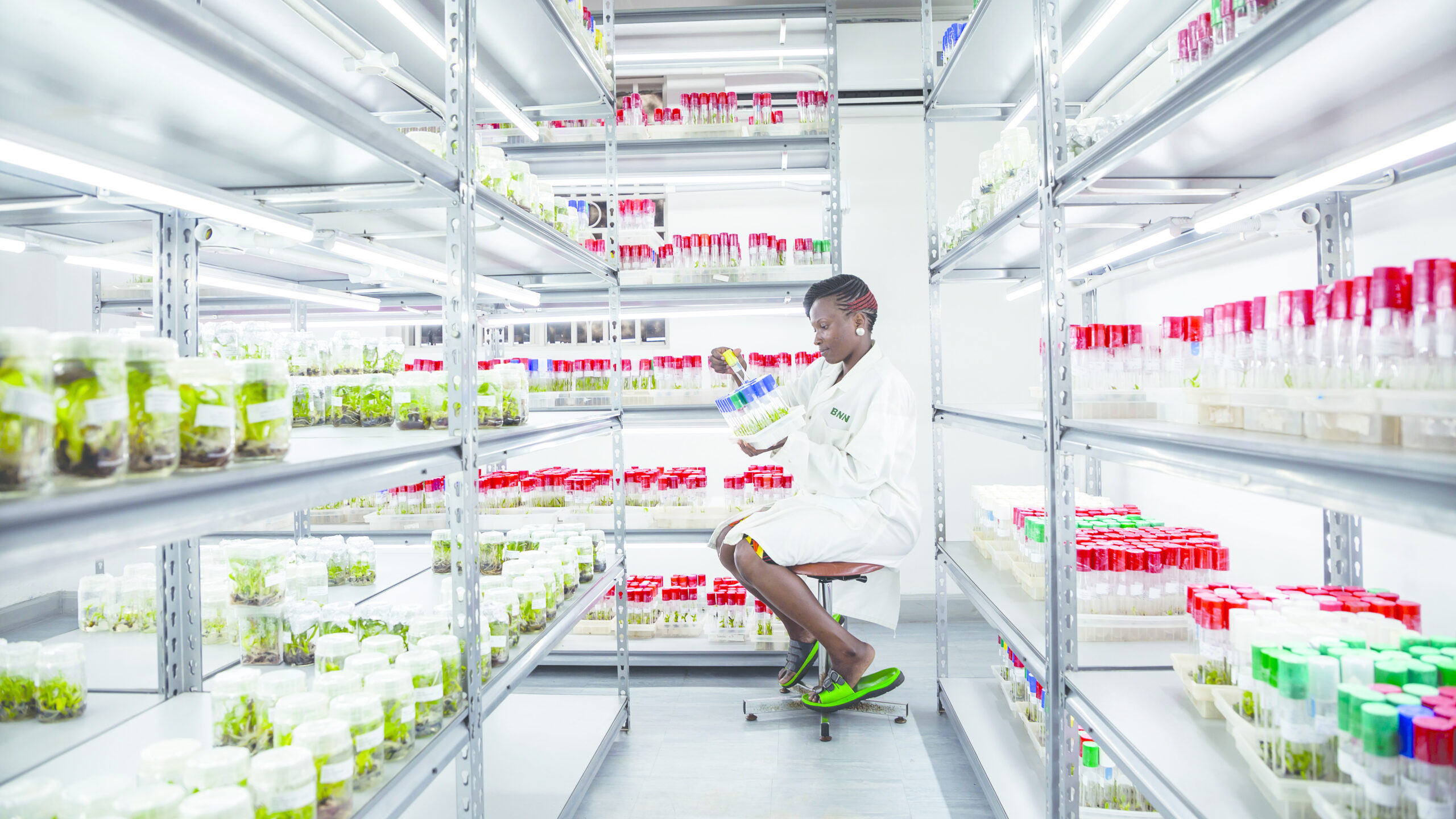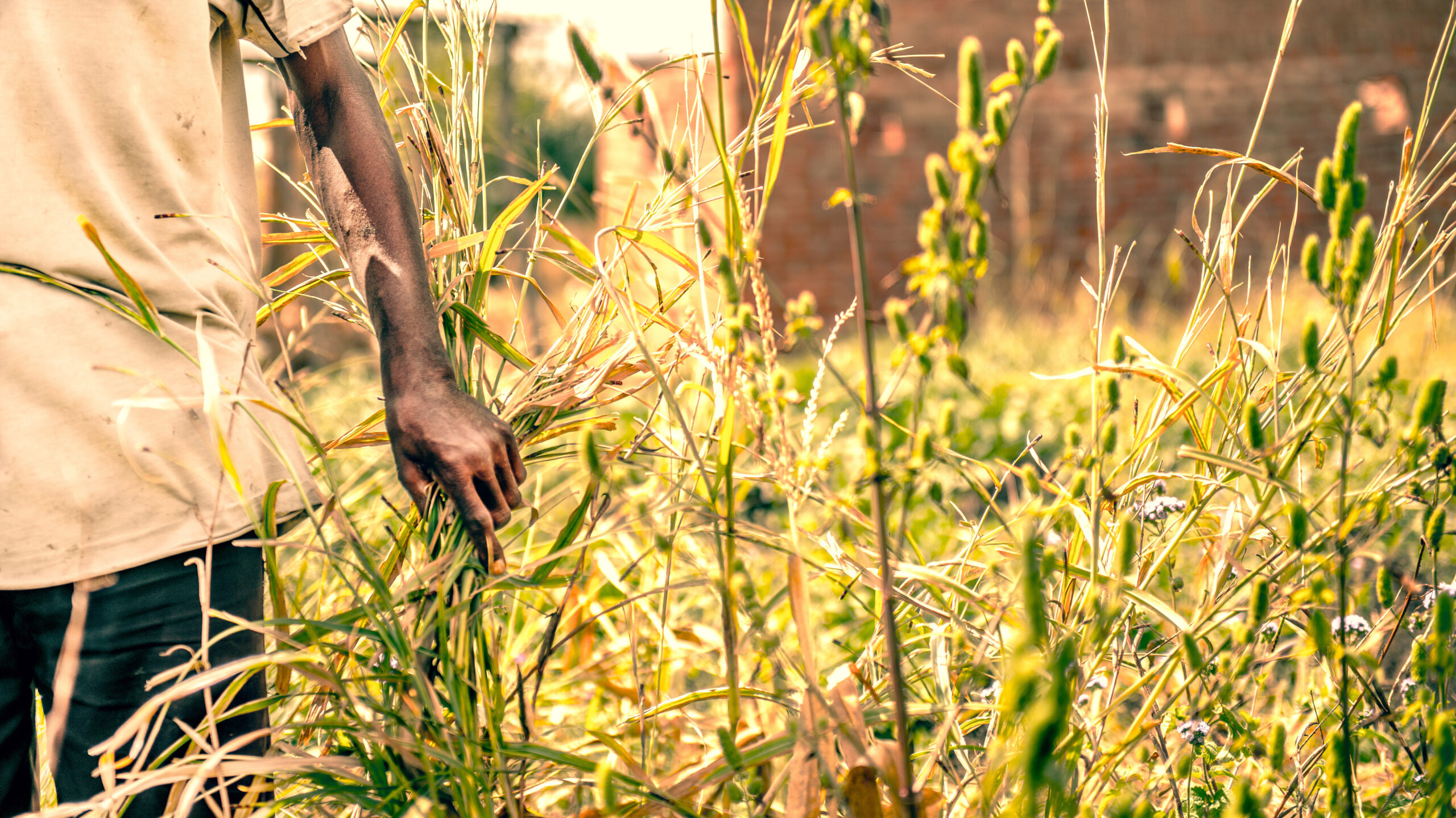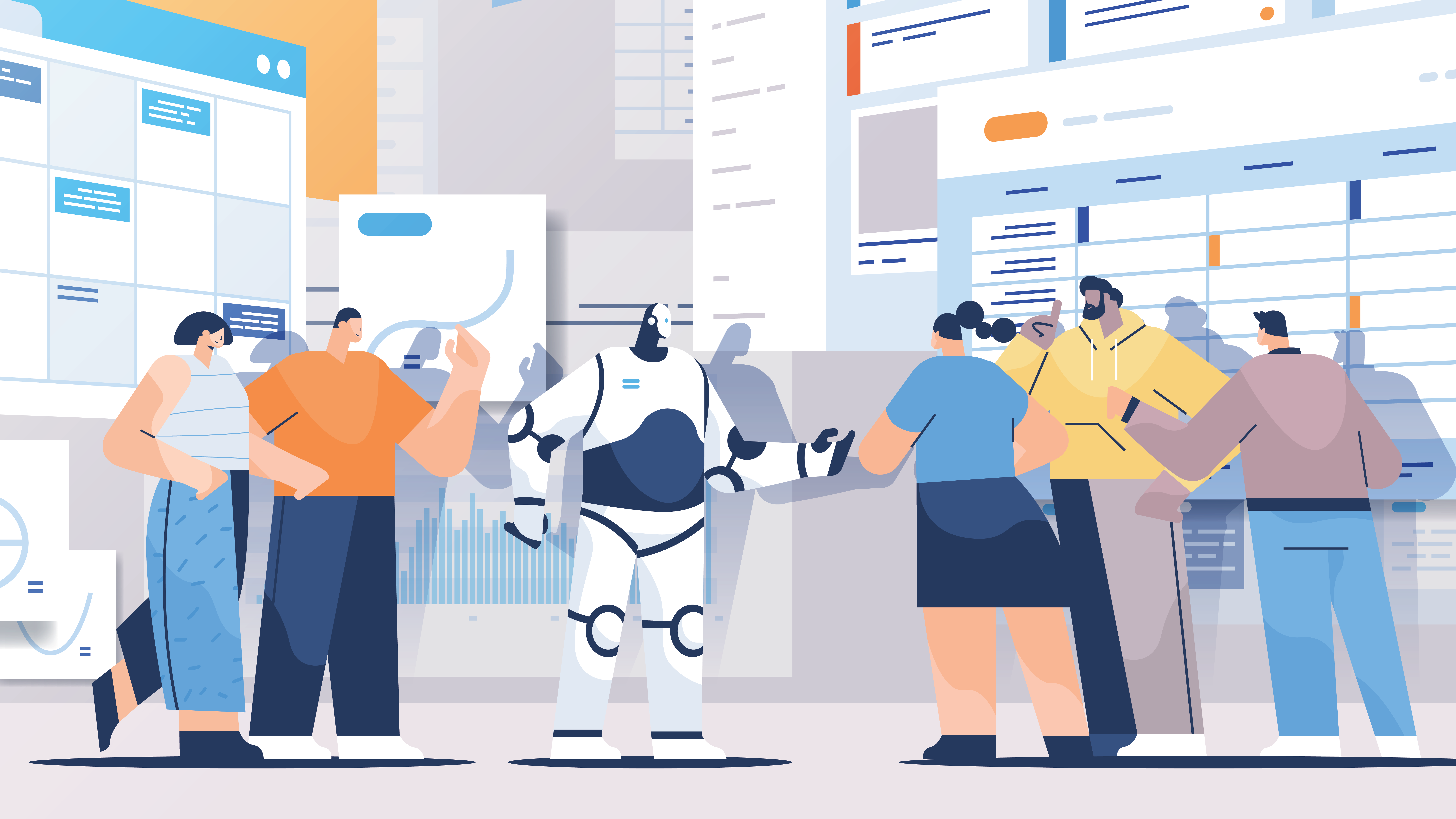The following post by IFPRI senior researcher Tim Thomas is part of an ongoing series of blog stories celebrating IFPRI’s 40th anniversary. Each story authored by current and former IFPRI research staff highlights a key research topic through the years from the personal perspective of the researcher.
Long before I joined IFPRI, I served in the U.S. Navy. One of the first lessons I learned in my naval training was how to avoid running into − or being run into by − another ship. You would think it would be pretty simple to avoid, but the trouble is that ships don’t turn very fast nor do they stop instantly. What’s more, on the ocean there are no lane markings to keep ships separated (except for buoys in channels). It turns out that without a simple rule of thumb, keeping two large vessels on different trajectories from running into each other isn’t always straightforward. Fortunately for ships, such a rule exists: if the other ship is on a constant bearing relative to your position and the range is decreasing, you’re going to collide unless somebody changes course or speed − and generally speaking, the sooner the better. Keeping your focus in the right place helps you figure this out.
It’s similar in regard to determining how climate change will affect the world food system. Many things are moving in different directions and speeds at the same time and, if you focus on the wrong thing, you’re going to draw the wrong conclusion. For example, we use crop models together with climate models to determine how much production is going to be hindered by the changing climate, all other things being equal. We generally find that the direct climate impact is negative and sometimes quite large. For example, some of the models suggest that climate change will reduce the productivity of corn in the U.S. by up to 40 percent by 2050. Since the U.S. is the leading corn producer, and since other major producers should be similarly affected, this is a big deal. Focusing on this number, however, as some people do, would lead to a very frightening conclusion. Add on top of that an expanding global population that will be a third larger in 2050 than it is today, and you would think that global food security is in an even more dire condition.
Yet what has been overlooked in all of this is the fact that maize yields have grown globally around 2 percent per year during the past forty years, without a sign of slowing down — and this is all despite the impacts of climate change already being felt. Furthermore, maize production in the last 20 years has grown even faster − at 3 percent per year − because expanding yields also have coincided with expanded harvested area. So while climate change creates a tremendous drag on what could have been − the yields we would experience without climate change − agricultural productivity gains due to technological innovations such as high yield maize varieties and nitrogen-based fertilizers together with expanding production areas have compensated. They will most certainly continue to compensate in the future, though probably with less effectiveness as the intensity of climate change grows.
But there will be even more changes between now and 2050. A key issue is that people generally will have higher incomes than today, and as incomes in developing countries grow, this will likely mean that their diets will include more animal-based foods, creating additional demand for grains to be used as livestock feed.
Because so many things are moving, our guide to see whether we are on a collision course with disaster or not is to put all of the trends we see into a model and allow the model to show us where we are headed. Researchers at IFPRI have been using the IMPACT model − developed by the current head of IFPRI’s Environment and Production Technology Division, Mark Rosegrant − for more than 20 years. According to the most recent IMPACT manual, the model was developed to “address a lack of long-term vision and consensus among policy-makers and researchers about the actions that are necessary to feed the world in the future, reduce poverty, and protect the natural resource base.”
The first IMPACT results were published in 1995. At the same time, Rosenzweig and Parry integrated for the very first time climate models, crop models, and economic models to project the impact of climate change on food supply and the risk of hunger.
In 2002 the IMPACT model became integrated with a water model that accounted for climate change. Then in 2009 IMPACT began integrating crop models that accounted for climate change. One year later a major revision was released that reflected the water and crop model results being updated to the next generation climate models.
While today’s IMPACT results are consistent with the first study of Rosenzweig and Parry, the level of detail in the model is much higher, geographically, in terms of the number of commodities, and including even things not foreseen in the earlier models like biofuels. Furthermore, with climate models changing every six years, IMPACT is continuously updating to reflect the best information that science provides. That is why IMPACT is among the world’s leaders in providing projections for the global food system under climate change.
Our analyses tell us that we can expect many food commodities to rise considerably in price − and that this rise is generally much worse than we would have experienced without climate change − but that both the percentage of children under 5 who are malnourished and the total number of malnourished will decline by 2050. So while achieving our goal of a world free from hunger and malnutrition is made more difficult by climate change, it is still achievable.
I am grateful to be part of an organization with such an important goal of achieving a world free of hunger. I was first drawn to food issues while still serving in the military. I remember well the Ethiopian famine of 1984 and 1985, the pictures on the cover of Time magazine of hungry children, and the fund-raising song by Michael Jackson and Lionel Richie, “We are the World”. Shortly thereafter, I resigned from the military and went to Africa to serve with an organization called Food for the Hungry. After four years there, I returned to the U.S. to obtain a degree that I could use to help people overcome hunger. Though following a somewhat winding course, five years ago I landed at IFPRI, and count myself fortunate to have found a position where I can use my technical skills to help policymakers around the world steer a course that will not only avoid collision with disaster, but reach a place where people are in much better shape.
Key related research outputs through the years
Nelson, Gerald C, Mark W Rosegrant, Jawoo Koo, Richard Robertson, Timothy Sulser, Tingju Zhu, Claudia Ringler, et al. 2009. Climate Change: Impact on Agriculture and Costs of Adaptation. Food Policy. Washington, D.C.: International Food Policy Research Institute. Available at http://www.ifpri.org/publication/climate-change-1.
Nelson, G. C., M. W. Rosegrant, A. Palazzo, I. Gray, C. Ingersoll, R. Robertson, S. Tokgoz, et al. 2010. Food Security, Farming, and Climate Change to 2050: Scenarios, Results, Policy Options. Washington, DC: International Food Policy Research Institute. Available at http://www.ifpri.org/publication/food-security-farming-and-climate-change-2050.
Parry, Martin, Rosenzweig, Cynthia, Iglesias, Ana, Fischer, Günther, and Livermore, Matthew. 1999. Climate Change and World Food Security: a New Assessment. Global Environmental Change 9(Supplemental Issue):s52–s67.
Parry, M.L., Rosenzweig, C., Iglesias, A., Livermore, M. & Fischer, G. 2004. Effects of Climate Change on Global Food Production under SRES Emissions and Socio-Economic Scenarios. Global Environmental Change 14(1):53–67.
Rosegrant, Mark W., Mercedita Agcaoili-Sombilla, and Nicostrato D. Perez. 1995. “Global Food Projections to 2020: Implications for Investment”, Food, Agriculture, and the Environment Discussion Paper 5, International Food Policy Research Institute (IFPRI). Washington: IFPRI. Available at http://www.ifpri.org/sites/default/files/publications/vp5.pdf.
Rosegrant, M.W., X. Cai, and S. Cline. 2002. World Water and Food to 2025: Dealing with Scarcity. Washington, D.C.: International Food Policy Research Institute. Available at http://www.ifpri.org/publication/world-water-and-food-2025.
Rosenzweig, C., Parry, M.L., Fischer, G. and Frohberg, K. 1993. Climate Change and World Food Supply. Research report no. 3. Oxford, UK, University of Oxford Environmental Change Unit.
Rosenzweig, C. and Parry, M.L. 1994. Potential Impacts of Climate Change on World Food Supply. Nature 367:133–138. Available at http://pubs.giss.nasa.gov/abs/ro05500b.html.

